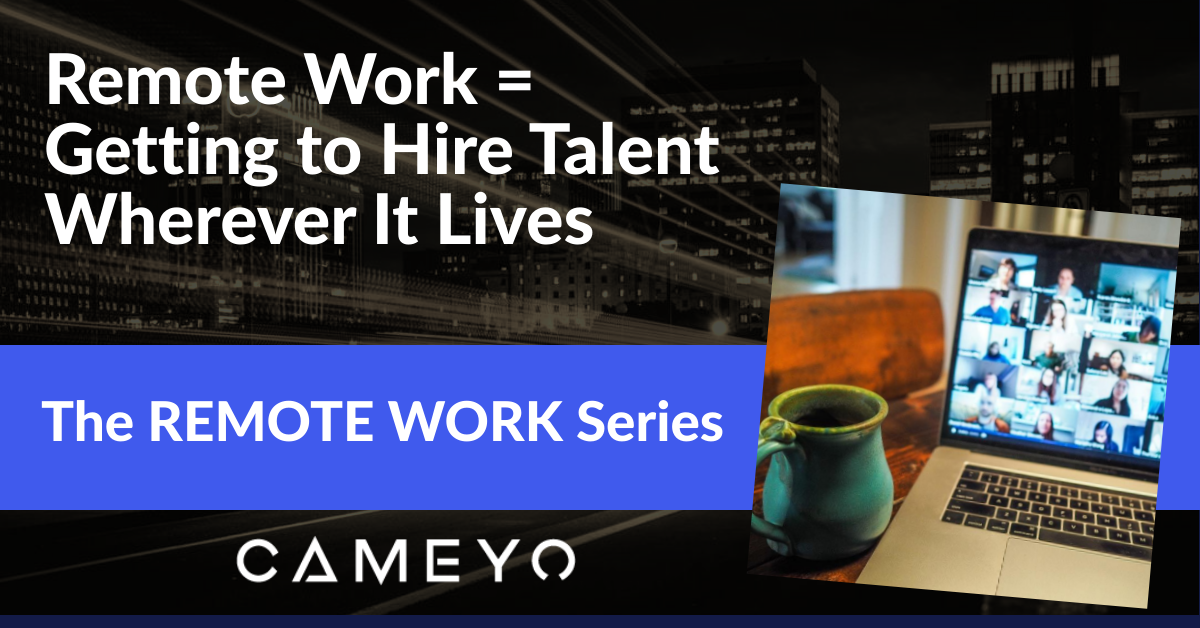When the pandemic forced everyone to work from home, that immediately led to months of speculation about whether or not this great “remote work experiment” would actually change people’s (or, the bigger question, business’) opinions of whether or not working remotely is a viable long-term alternative. It’s safe to say at this point that the tide has changed. 
Prior to the pandemic, many organizations and executives believed that letting employees work from home was detrimental to productivity. But study after study and poll after poll now show that productivity has increased with most remote workers. And this certainly seems to have shifted management’s view of remote work, as a recent Gartner survey found that 74% of CFOs are now reporting that they plan to make remote work permanent for at least some employees.
Here at Cameyo, we’ve always enabled people to work productively from anywhere by enabling them to access all of their business-critical Windows and internal web applications from a single digital workspace on any device.
And it just so happens that we practice what we preach, too.
Since day one, Cameyo has been a completely distributed team. We have people in California, Colorado, North Carolina, Utah, Portugal, South Africa and more. One of the most common questions we get as a completely distributed company is – don’t you wish you had everyone in the same place? But having a distributed team was a very deliberate choice, for one very important reason:
When seeking out the absolute best talent, we are not restricted by geography. This means we can hire the best talent, wherever it lives.
And let me tell you, this is a game changer. I live in California, and have worked in Silicon Valley my whole career. No matter what size your company is (but especially when you’re a startup), hiring the right people is absolutely critical to the success of your business. And with the sky-high cost of living in Silicon Valley, many people have simply chosen to live elsewhere – or have been priced out of the area over time.
Now imagine having a policy where you could only hire people who lived within driving distance of a particular office. That would be incredibly limiting in terms of the talent pool that you had access to. And if you believe that your people and talent are truly your company’s greatest assets, then this simply isn’t a good strategy.
So rather than looking at remote work as something that needs to be endured because of the pandemic, think about remote work policies as an opportunity. The opportunity to quite literally remove the borders from your hiring searches, and the freedom to truly hire the best talent, no matter where they are located.
And don’t worry – you’re not traveling to uncharted territory. Companies much larger than Cameyo have been operating as completely remote workforces for years. If you’re wondering how your organization can make the transition, and what all of the processes look like for remote organizations (e.g., how do you effectively onboard someone remotely?), we highly recommend GitLab’s “Guide to All-Remote.” GitLab is the world’s largest all-remote company with over 1,300 team members located in more than 65 countries around the world. They’ve literally written the book on building and running an all-remote workplace, and you can access that here.
And if you’re looking for ways to best enable a seamless work experience for your remote employees by giving them access to all of their business-critical applications, reach out to us and we’d be happy to show you a demo. Or you can get started yourself in minutes with a free trial here.
